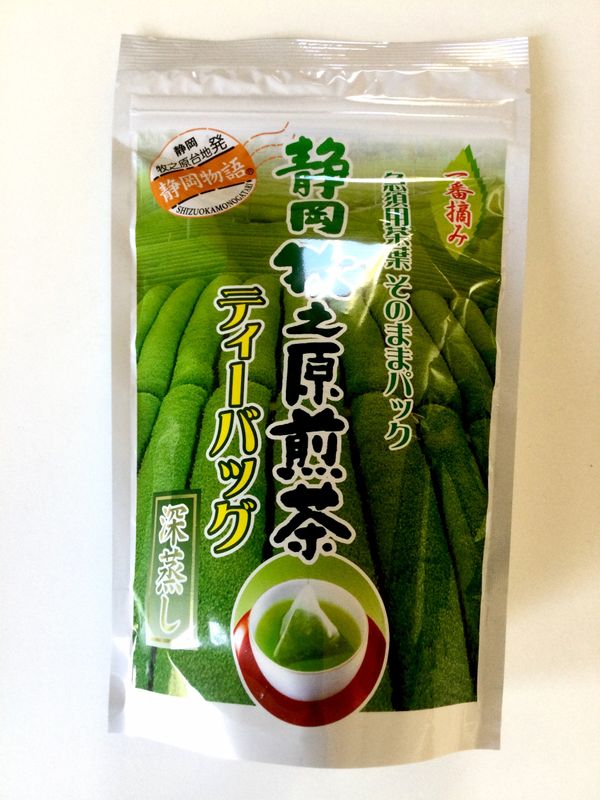Jan 10, 2024
A taste of Makinohara City's Tea and Sweets
When you cradle a cup of Japanese green tea in your hands, you’re probably catching the fragrance and flavor of Shizuoka Prefecture, Japan’s largest tea-growing region. In the 1880s, former samurai looking to start a new life as Japan modernized claimed the Makinohara Plateau in what is now Shizuoka. The tea production spurred by export to tea-drinking markets abroad grew Shizuoka into a vast tea plantation. Today, Shizuoka grows 40% of Japan’s tea.

The appeal of Shizuoka Prefecture
While you can get to Shizuoka by Shinkansen, I recommend the slower route that the Ueno Tokyo line takes, hugging the ridges and revealing views of the bay. So far, my travels have taken me to Atami City for relaxing onsen experiences, and Shimoda City for its historical port for the Instagramable Perry Road. But there’s a lot more to Shizuoka in store for visitors.
Waves and Mt. Fuji views
The city of Makinohara in this region has a mild climate and coastline that attracts beachgoers. At Sagara Sun Beach bordered by pine trees, you can swim in the shallow waters with a view of Mount Fuji. Also on this coast is Shizunami Beach, great for surfing and swimming, and nearby Surf Stadium PerfectSwell®, a wave pool where beginners to professionals hone their surf skills.
Tracing the footsteps of the Shogun
Tokugawa Ieyasu, the shogun who unified Japan, retired to Sunpu Castle in Shizuoka City. In nearby Makinohara City, many historic places are associated with him. He is known for supporting Sekiun, a Soto sect temple with exquisite wood carvings. Okaneya, the former home of his retainers, is a nationally significant historic property with a picturesque manor and gardens. The Shogun connection is commemorated at Iizu Suwano Shrine in the city.
Grinpia tea and treats
Grinpia amid the plantations of Makinohara City is a tea production showcase. Here, visitors can sample teas, buy tea products in the retail shop, tour the tea factory, and experience tea picking in season.
Grinpia sent a package of three representative items to sample.
Nanaya Shizuoka Matcha Leaf Pie

This baked confection captures the flavors of Shizuoka’s tea. The tea-leaf-shaped flaky pastry sprinkled with sugar contrasts with the rich flavor of the matcha paste filling. I indulged in two of these rich-tasting snacks and gifted the remaining pies to friends and put smiles on their faces.
Shizuoka Makinohara Sencha Tea Bags

I love loose tea leaves, but I won’t turn my nose up at tea bags. They’re no-fuss - portioned tea in triangular bags with long strings.

These sencha tea bags have the characteristic mild astringency and grassy flavor of Japanese tea. The more you brew it, the deeper and richer the flavor becomes. The first cup I brewed from the tea bag was mild, but the second and third had more complex flavors.
Shizuoka Matcha Mitsu Syrup

This is a treat that you can use in all kinds of traditional confections and fusion foods. The label suggests pouring it over kakigori shaved ice and pancakes. I drizzled it on my morning yogurt. The balance of tangy yogurt, tea, and honey is soothing. I’m going to try it in matcha latte, on buttered toast, and over ice cream.
This post is supported by Makinohara City, one of City-Cost's Supporters helping City-Cost bloggers to enjoy life in Japan and engage in new experiences.



0 Comments